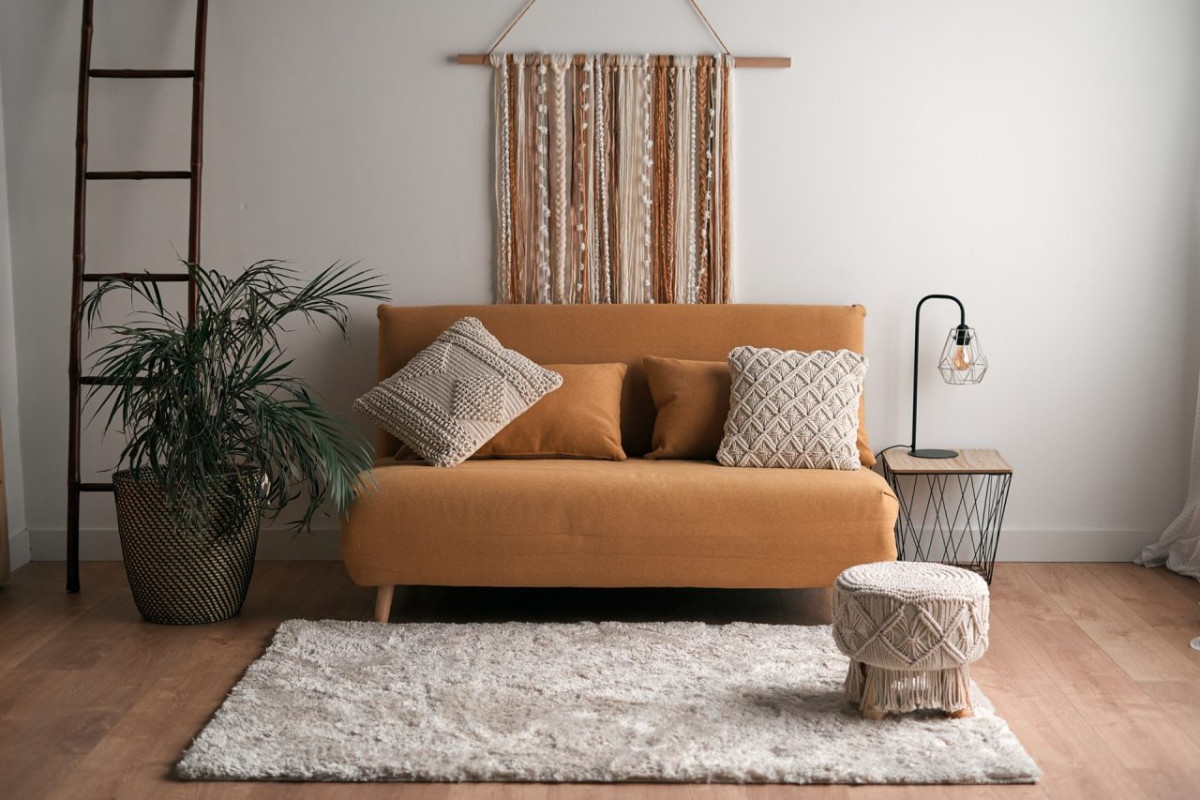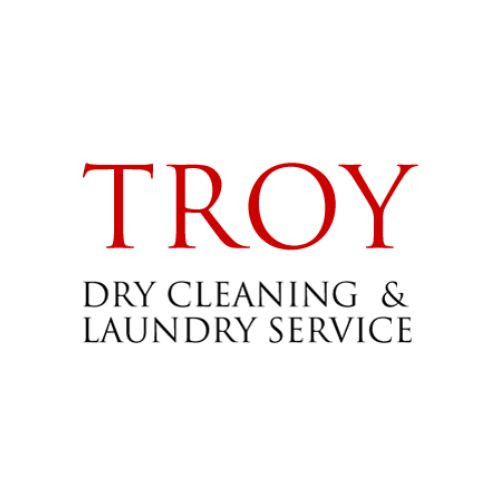Troy Cleaners Warns Homeowners: Spot Rug Mold Early to Save Health & Décor
PORT HURON- Troy Cleaners today released a comprehensive advisory, outlining the subtle but serious indicators of mold in household area rugs. The company stresses that unchecked moisture—from pet accidents to small spills—can transform a decorative rug into a health hazard for children, pets, and allergy-sensitive residents.
A Quiet Problem That Quickly Becomes a Major Threat
Troy Cleaners notes that mold begins inconspicuously, thriving in damp fibers before revealing itself through odor, stains, or respiratory irritation. The cleaner urges homeowners to act at the first warning sign rather than wait for an outbreak that could jeopardize indoor air quality and destroy valuable textiles.
Sign?#1 – Musty or Earthy Odor
Mold emits microbial volatile organic compounds (MVOCs)—gases that produce the tell-tale musty smell. Troy Cleaners advises three quick confirmation tests:
Close-Up Sniff Test: Kneel and sniff near the rug fibers; a stronger odor at close range suggests hidden mold.
Fresh-Air Test: Move the rug outdoors; a more pronounced smell in open air confirms the rug as the source.
Room Comparison: Compare rooms; if only the rug room smells musty—especially basements, bathrooms, or pet areas—suspicions should rise.
The odor often intensifies after heavy rain, in poorly ventilated rooms, or in areas with frequent pet accidents, the company adds.
Sign?#2 – Discoloration or Unusual Staining
According to Troy Cleaners’ technicians, mold manifests in green, black, gray, or pinkish blotches that spread over time. These stains frequently appear:
Near Edges or Corners: Where airflow is limited.
Under Furniture: Where humidity becomes trapped.
Around Past Spill Zones: Including former pet or plant incidents.
Homeowners should avoid harsh DIY chemicals, aggressive scrubbing, or ignoring recurring spots and instead seek professional evaluation.
Sign?#3 – Indoor Allergy Flare-Ups
Persistent nasal congestion, sneezing, itchy eyes, or worsened asthma inside the home—yet relief when outside—can signal airborne mold spores from a contaminated rug. Bedrooms, upholstered living rooms, and high-moisture spaces such as bathrooms or basements are the most common hotspots.
Sign?#4 – Dampness That Won’t Dry
Lingering moisture invites mold colonies, often caused by pet urine, over-watered plants, bathroom steam, or improper DIY carpet cleaning. Troy Cleaners recommends immediate fan use, dehumidifiers, and lifting the rug to dry both sides thoroughly.
Sign?#5 – Soft or Slimy Texture
When mold degrades rug fibers and padding, sections may feel spongy or slick—especially under heavy furniture, along corners, and in high-traffic entryways. Residents should use gloves, press gently to test firmness, and inspect the underside for stickiness or discoloration.
Sign?#6 – Vacuum Cleaner Smells After Use
A moldy rug can seed spores inside a vacuum canister, creating a musty, sour, or “burning dust” odor. Troy Cleaners urges homeowners to clean or replace filters, sanitize canisters, and stop using suspect rugs until professional cleaning is completed.
Professional Solutions and Convenient Service
“If you recognize even one of these red flags, there is no time to lose,” said a Troy Cleaners spokesperson. “Our eco-friendly, state-of-the-art techniques eradicate mold while safeguarding delicate Oriental, wool, and synthetic rugs alike.”
The company welcomes customers Monday through Saturday, 7?a.m.–6?p.m., at 1629?Garfield Street, Port Huron, and offers a free Pickup and Delivery Service for maximum convenience.




